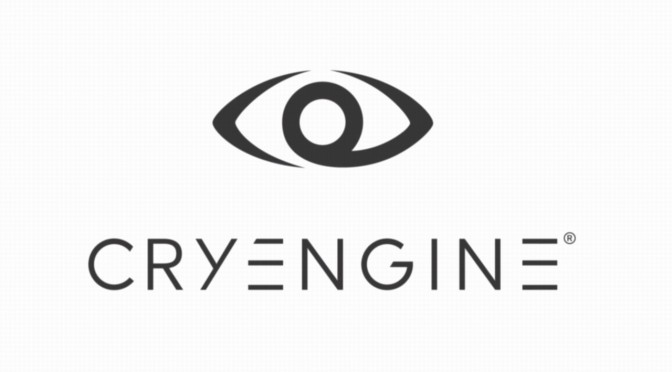Crytek has released CRYENGINE 5.5 in a major update, available for download from its official website or via the CRYENGINE Launcher. CRYENGINE 5.5 arrives with 1158 fixes, changes, and improvements from the previous full release, and allows users to enjoy many of the features and enhancements used by the Hunt: Showdown game development team.
As the press release reads, CRYENGINE 5.5 marks a major step forward in terms of ease of use with extensively overhauled and redesigned documentation and an updated, comprehensive course where absolute beginners are shown step-by-step how to create a full game in CRYENGINE.
“Building on CRYENGINE’s reputation for putting the most powerful tools in game developer’s hands, the release also brings production-proven features to all users. CRYENGINE 5.5 has been developed with feedback from both the Hunt: Showdown Team and the invaluable feedback and suggestions from the CRYENGINE community around the world.”
Here are the key features of CRYENGINE 5.5
SVOGI Improvements: SVOGI, the feature which allows developers to create scenes with realistic ambient tonality, now includes a major advancement with SVO Ray-traced Shadows offering an alternative to using cached shadow maps in scenes.
Documentation Overhaul: As requested by the community, redesigned and updated documentation arrives for designers, artists, programmers, and anyone who uses the Sandbox Editor. Veterans and newcomers alike will be able to quickly find what they need.
Flappy Boid: Flappy Boid is a fun, accessible, and now comprehensive onboarding course enabling users to learn core game development concepts while building a finished game.
Sandbox UI/UX Changes: The Sandbox Editor improves workflow, performance, and optimization, making the development process quicker and easier.
Terrain Object Blending: Users can mark Entities with a Mesh Component to become a part of the terrain mesh, empowering more realism, especially with snow and sand scenes.
Updated Entity Components: Multiple new and legacy Components come to the new Entity System, including the porting of legacy rain and water ripple Entities and a new VR Camera and Interaction Component to get users up and running with their VR project quickly.
C# Upgrades: C# assets can be created directly inside of the Asset Browser and functions may be exposed to Schematyc for use inside of Entity Components. C# users will now be able to debug through Visual Studio via a new extension.
Terrain System Improvements: Blend multiple materials and use a new displacement option in the sculpting tools for even more realistic terrain.
Game Platform Plugins: A new Game Platform plugin allows for easy access to common distribution platforms and data transfer protocols, including Steamworks and PSN APIs.
CRYENGINE Versions and Full Editor Source Code: Users can submit pull requests, access the full Sandbox Editor source code, and get preview releases via GitHub. Preview releases will also continue to be made available via the CRYENGINE Launcher.
Unity Migration Guide: Unity Engine users can transfer their skills and content to CRYENGINE quickly and easily with our easy-to-use migration guide.
New Sandbox Level File Format: This feature brings the ability to place level files anywhere within the project directory, and allows for dynamic population.
Automated Packaging and Backing Up: Non-coders can simply share and release CRYENGINE content with new package build functionality within the CrySelect interface. A new Backup Project tool makes backing up projects simple.

John is the founder and Editor in Chief at DSOGaming. He is a PC gaming fan and highly supports the modding and indie communities. Before creating DSOGaming, John worked on numerous gaming websites. While he is a die-hard PC gamer, his gaming roots can be found on consoles. John loved – and still does – the 16-bit consoles, and considers SNES to be one of the best consoles. Still, the PC platform won him over consoles. That was mainly due to 3DFX and its iconic dedicated 3D accelerator graphics card, Voodoo 2. John has also written a higher degree thesis on the “The Evolution of PC graphics cards.”
Contact: Email

